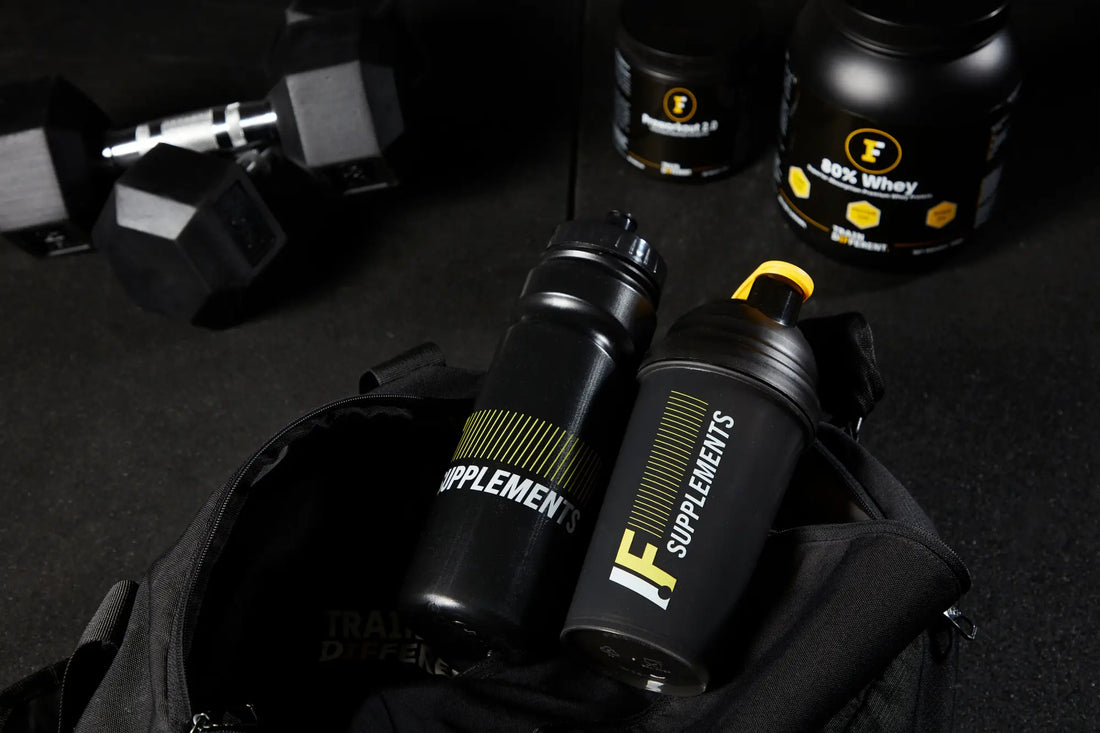
How often should I replace my water bottle?
Share
Introduction
Staying hydrated is essential for overall health, and carrying a reusable water bottle offers a convenient and sustainable way to always have water available when you're on the go. While using a water bottle supports both personal wellness and environmental responsibility, it's important to consider how long your bottle remains safe and hygienic. Replacing your water bottle at the right intervals helps maintain its cleanliness, safety, and functionality.
Frequent Washing
Washing your water bottle after each use is crucial, especially if you've filled it with something other than water like juice or a sports drink, which can leave residues. Daily or frequent cleaning helps prevent bacterial growth, removes unpleasant odors, and stops mould from developing inside your bottle or on its lid. With regular washing, you extend your water bottle's lifespan while protecting your health.
Check for Wear and Tear
Regularly examining your water bottle for any signs of damage ensures it continues to be effective and safe for hydration. If you notice cracks, deep scratches, or dents—particularly around the mouth or inside the bottle—these imperfections can create spaces where bacteria multiply and make thorough cleaning difficult. Replacing your water bottle as soon as wear and tear appear helps you avoid potential health risks and ensures that your bottle functions as intended, including retaining watertight seals and insulation if applicable.
Material Matters
The material your water bottle is made from directly impacts durability, safety, and how often you need to replace it. Plastic bottles may become brittle or develop microscopic cracks over time, making them more susceptible to bacterial growth and odor retention. Stainless steel and glass water bottles generally resist staining and don't retain tastes or smells, offering longer lifespans and better resistance to everyday wear. Understanding these differences can help you make an informed choice and ensure optimal hygiene by replacing your bottle when its material shows signs of deterioration.
Smell and Taste Test
If you notice a lingering odor or an unusual taste in your water, even after thoroughly washing your bottle, this could signal hidden bacterial growth or residual buildup within the bottle's material. Such issues not only affect the experience of drinking clean water but also impact your health. Persistent smells and tastes are strong indicators that it’s time to invest in a new water bottle for continued freshness and safety.
Manufacturer Guidelines
Whenever possible, refer to the manufacturer guidelines provided with your water bottle. Many brands offer specific advice on the expected lifespan of their products, recommended cleaning routines, and replacement timelines based on material and design. By following these instructions, you ensure you get the most value from your bottle and reduce the risk of bacterial growth due to compromised materials or features.
Conclusion
Ultimately, how long your water bottle lasts depends on how well you maintain it, the type of material it’s made from, and how closely you monitor its condition. Consistent cleaning, diligent inspection for damage, and adherence to manufacturer guidelines are key steps to safeguard against bacterial growth and ensure continued functionality. A well-maintained water bottle delivers reliable hydration, supports your well-being, and helps reduce single-use plastic waste—making it an invaluable part of your daily routine.